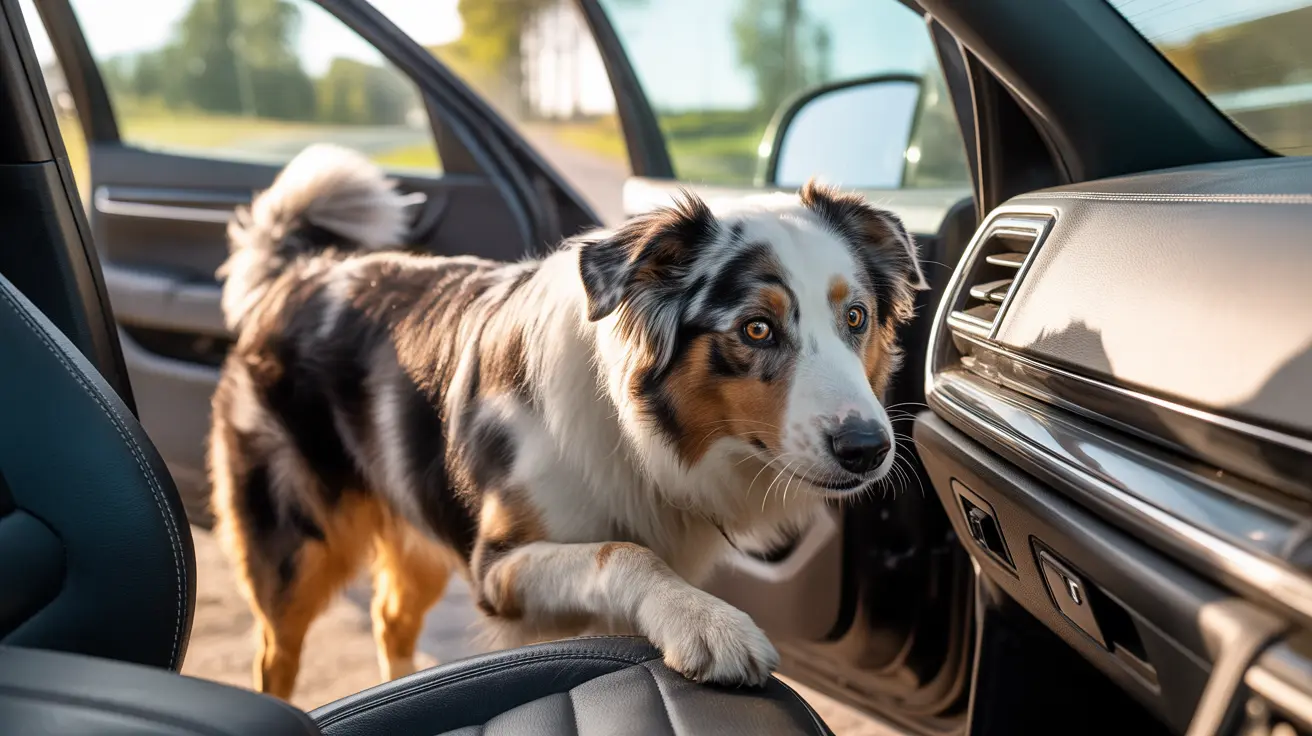Recognizing Signs of a Yeast Infection in Dog Paws
Many dog owners notice a peculiar scent coming from their pet’s paws—often described as resembling corn chips or Fritos. While this odor is usually normal and caused by harmless bacteria and yeast, it's crucial to distinguish between natural scents and indications of a yeast infection in your dog's paws.
What Causes the Normal Paw Odor?
A dog’s feet may smell like Fritos due to naturally occurring bacteria and yeast on their skin. Common culprits like Proteus and Pseudomonas bacteria, along with several yeast species, thrive in warm, moist environments. Dogs sweat through their paw pads, and after walks or sleep, this moisture increases, allowing these microorganisms to multiply and emit the characteristic smell.
When Odor Becomes a Concern
Although a mild, food-like smell is usually harmless, a stronger, unpleasant, or putrid odor might indicate an underlying skin issue or infection. In such cases, it’s important to observe additional symptoms to decide whether veterinary care is needed.
Common Signs of a Yeast Infection in Dog Paws
- Strong or foul odor: A significant change in the usual scent, especially if it becomes rotten or sour.
- Redness and inflammation: The paw pads or the skin between toes may appear red or swollen.
- Excessive licking or chewing: Dogs may persistently lick or bite their paws to relieve the discomfort caused by yeast overgrowth.
- Itching and sensitivity: Dogs may show signs of irritation when their paws are touched.
- Hair loss: Loss of fur between paw pads or toes due to constant licking or infection.
- Skin lesions or discoloration: Ulcers, sores, or changes in skin pigmentation could be present.
- Crusty or greasy feeling: The skin may feel rough, oily, or develop a buildup.
- Changes in the nails: Discoloration or brittle nails may signal an ongoing infection affecting the nail bed.
Factors That Contribute to Yeast Infections
- Moisture retention: Tight crevices, long fur between paw pads, and a damp environment allow yeast to thrive.
- Allergies: Food or environmental allergies can compromise skin integrity and promote infection.
- Paw licking: Saliva adds to the moisture and warms the area, further encouraging yeast growth.
- Poor hygiene: Dirty bedding or exposure to wet environments can introduce and foster more bacteria.
Protective Measures and Hygiene Tips
Preventing yeast infections and managing paw odor involve proper hygiene and grooming practices:
- Wash paws regularly with dog-safe soap or wipes to remove dirt and microbes.
- Dry the feet thoroughly to avoid moisture buildup.
- Trim the fur between paw pads to enhance airflow and reduce bacterial harborage.
- Maintain short nails to prevent debris collection and irritation.
- Clean bedding routinely and vacuum pet areas to reduce allergens and moisture.
Treatment Options If Infection Is Suspected
If your dog shows several signs of a yeast infection or if the paw smell becomes unusually strong, consult a veterinarian. Possible treatments may include:
- Medicated shampoos or wipes: Specially formulated products address excess yeast and soothe irritation.
- Antifungal sprays or creams: These help suppress yeast growth topically.
- Oral medications: In more severe cases, systemic antifungal prescriptions may be necessary.
- Allergy management: Addressing underlying allergies can prevent recurring infections.
When Odor Comes From Other Areas
Sometimes the corn chip-like smell is not paw-related but originates from other warm, moist body parts like ear canals or skin folds. Bacteria and yeast flourish in these zones as well. If cleaning the paws doesn’t alleviate the smell, inspect other regions of your dog’s body for potential issues.
Conclusion
Natural paw odor is common in healthy dogs, but it’s essential to recognize when this scent signifies something more serious. By keeping an eye out for redness, itching, excessive licking, or unusual smells, and by maintaining good hygiene, you can help prevent yeast infections and ensure your dog's comfort and health. Always seek veterinary care if you're unsure or if symptoms persist.




